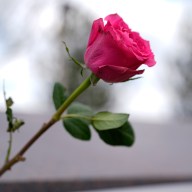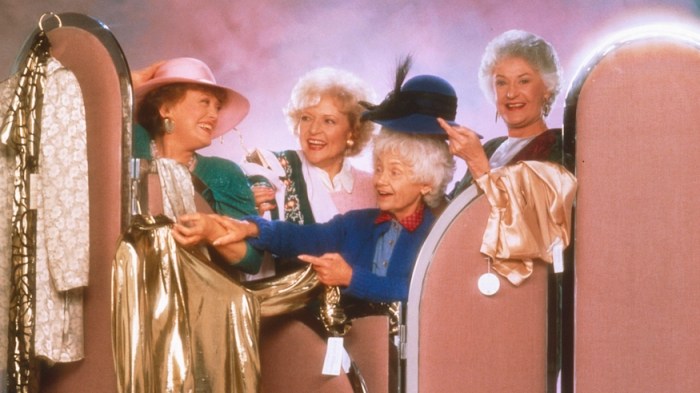The business of love isn’t what it used to be. In the heyday of the the multi-billion dollar wholesale flower industry, local farmers grew their blossoms and cut-throat vendors and salesmen hashed out deals in a floral stock exchange. But things changed as wholesalers started ordering flowers from around the globe, piling up fuel and broker charges as well as surcharges, and romantic gifts grew to include Groupon getaways and gadgets.
The Boston Flower Exchange knows the business of love
“People don’t buy flowers anymore,” said third-generation flower man David Brown as he sat in the tiny office of The Boston Flower Exchange on Albany Street in South Boston. “Valentine’s used to be the biggest week of the year. But we pay very high prices for our product.”
According to the U.S. Bureau of Economic Analysis, there are roughly 530 floral wholesalers in the nation, and more than 15,300 retail florist shops. In 2013, the industry saw $25.7 billion in sales across all American retail outlets.
The Society of American Florists says the top-selling flowers based on stem counts are roses, carnations, chrysanthemums, alstroemeria, tulips, lilies, mini-carnations.
The U.S. imports 82 percent of its flowers, according not the California Cut Flower Commission. Roughly 80 percent of all imported flowers come from Colombia and Ecuador, where they are grown in large production greenhouses.
Brown, an exchange shareholder and owner of Chester Brown Wholesale Florist, which has been a member of the exchange since 1933.
“It’s changed changed dramatically since I’ve been in the business,” said Brown. “It used to be only Massachusetts grown, then it became New England. Then in the 60s and 70s, we started bringing flowers in on planes. So we buy from all over the world now.”
When asked about a profit margin, Brown could only say that the exchange works on an asking margin of about 40 percent, though it typically ends up in the mid-to-low thirties.
We get from 500 and 800 boxes a week from all over the world, and an average of 300 a week just from South America alone. It depends on the flower, but there are typically about 300 stems per box.
It changes depending on the time of the year.
Brown’s crew starts at 3:30 a.m. as countless stems arrive from around the world. Ecuador, Holland, Italy, Israel, France, Australia, Thailand and Costa Rica are just some of the exotic locations from which the flowers are sprouted and sent off. Pandemonium ensues as buyers haggle over the fragrant goods, and by noon, the shop is quiet.
Brown’s wife, Ann, sat at a desk across from him. The couple met at the exchange decades earlier, when Ann was a buyer.
“We like to say we were intimate without being intimate,” saidBrownof their blossoming romance, which patiently grew from friendship to romance.
Ann describes the work as grueling, “but it’s a labor of love,” she said. Being surrounded by flowers never gets old. She still loves to get them as a gift, andBrownloves to give them. Peonies are her favorite.
“I don’t ever get tired of being surrounded by flowers,” said Ann.
Romantic, indeed, but the couple has seen their share of difficult times due to the cut-throat industry.
“There is a hardness to this industry,” saidBrown. “Our competitors will come in and sneak around to get prices. We have a saying here: ‘Are you buyin’ or spyin’?’”
Brown and his wife spoke of decades earlier, when the bustling warehouse was buzzing with a rock-and-roll lifestyle.
“It was still rough and tumble. There was a lot of alcohol and even some drugs then, in the 70s and 80s, it was bad in here,” saidBrown.
“We keep crazy hours, so the people who work here become isolated in some ways. It’s hard to have a normal social life when you go to bed at 7 p.m.,” said Ann.
“It’s better now. If we were like that now, we wouldn’t be able to survive. It’s too competitive,” saidBrown. “We have to give 110 percent.”
Years ago there were roughly 2,000 customers shopping in this building from around New England. Now it is closer to 1,500.
“There are so fewer bricks and mortar flower shops,” saidBrown. “Now there are way more individual designers who have a studio and website. They don’t necessarily have a warehouse because they make more money that way. The internet has done this.”
Brown says that the going rate for a dozen red roses around Valentine’s Day is between $75 and $125. The pricing depends on the brand promotion and quality.
“There are guys out there selling roses for $19.99 a dozen. And then there are people selling roses for $200 a dozen, and they get away with it,” saidBrown.
Boston Exchange flower salesman Patrick Porter, 55, has worked in the industry for 30 years.
“People say ‘What are you doing in here? They’re all animals’. First of all I’d say, they are not animals. Second of all I’d say the core group of people in here…I don’t know of any people more hard working,” said Porter.
Like Ann, and like his hard-working cohorts, Porter considers the trade a labor of love. And isn’t it just the season for love?
He spoke of working with roses.
“Something happens to your skin. You become almost immune to the thorns. After months and months of doing it, the thorns don’t go through like they used to,” says Porter. “Your skin turns like leather. You become cured.”
















